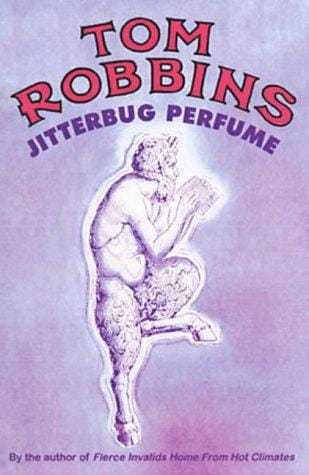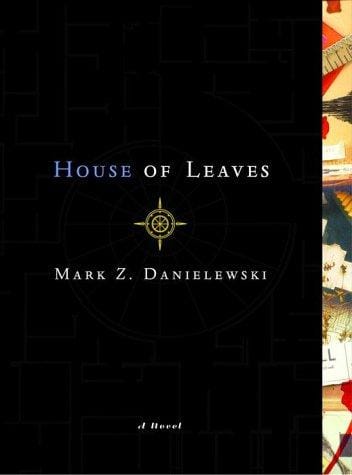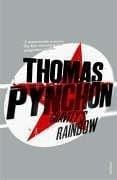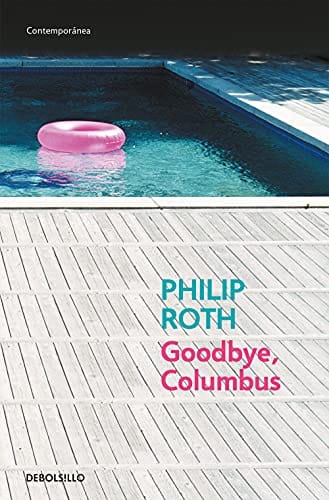Exploring the Legacy of Toni Morrison’s “Beloved”
Discover why Toni Morrison's "Beloved" remains essential reading: plot summary, themes, historical context, and the novel's enduring cultural impact.
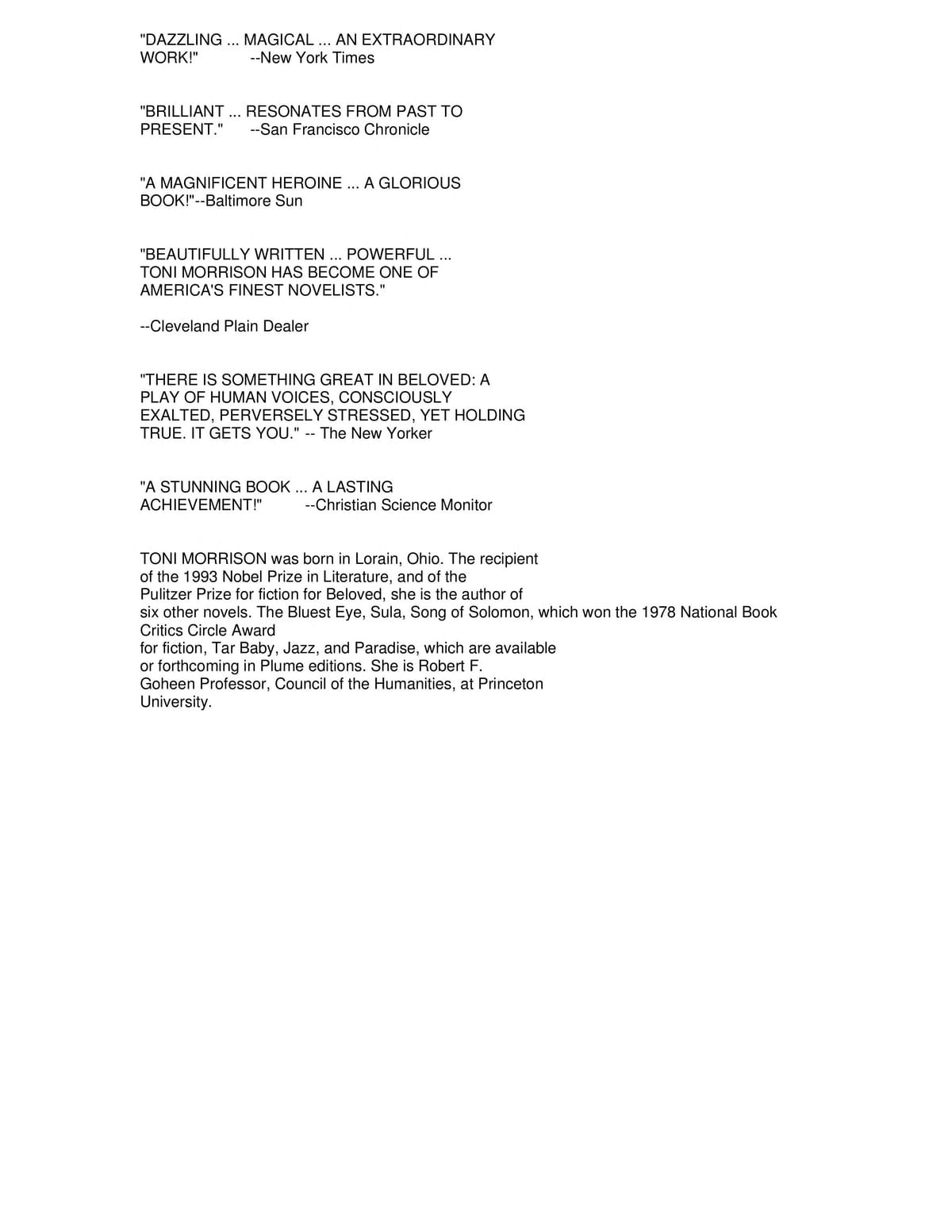
Introduction: Why “Beloved” Still Matters
More than three decades after its publication, Toni Morrison’s “Beloved” remains a cornerstone of American literature. The Pulitzer Prize–winning novel, set shortly after the Civil War, offers an unflinching portrayal of slavery’s haunting aftermath. Revered by critics, studied in classrooms, and loved by readers worldwide, “Beloved” continues to evoke powerful discussions about memory, trauma, and the unbreakable bonds of family. This article examines the book’s plot, themes, historical context, literary style, and enduring cultural impact so you can appreciate why “Beloved” deserves a permanent place on your reading list.
Plot Overview: A Ghost Story Rooted in History
“Beloved” is loosely based on the real-life account of Margaret Garner, an enslaved woman who escaped Kentucky in 1856. Morrison’s fictional version centers on Sethe, a formerly enslaved mother who lives in a house at 124 Bluestone Road near Cincinnati, Ohio, with her teenage daughter Denver. The house is haunted by a vengeful spirit believed to be Sethe’s dead infant daughter, whom she killed years earlier to spare from slavery. When a mysterious young woman who calls herself Beloved appears, Sethe is forced to confront her past. With each chapter, Morrison layers memories of Sweet Home plantation, the terror of escape, and the brutality of slave catchers, culminating in the revelation of Sethe’s desperate act and its devastating consequences for everyone she loves.
Themes: Memory, Identity, and the Scars of Slavery
At its core, “Beloved” explores how the past lingers in the present. Sethe’s memories are so painful that she tries to repress them, yet they manifest through haunting and flashbacks. Morrison suggests that healing begins only when traumatic memories are acknowledged and shared. Another central theme is the search for identity. Characters such as Denver, Paul D, and Beloved herself grapple with fragmented selfhood shaped by enslavement’s dehumanizing effects. Finally, the novel underscores the enduring trauma of slavery, portraying it not merely as a historical institution but as an ever-present force that influences generations. Morrison’s depiction encourages readers to recognize slavery’s long shadow over American society today.
Historical Context: Reconstruction and Beyond
Set between 1855 and 1873, “Beloved” unfolds during Reconstruction, a turbulent era when formerly enslaved people navigated newfound freedom amid pervasive racism and systemic violence. Morrison integrates historical details—the Fugitive Slave Act, chain gangs, and the rise of Black communities in the North—to ground the narrative in real events. By doing so, she dismantles romanticized notions of post–Civil War America, shedding light on the incomplete promises of emancipation. Understanding this context helps readers grasp the stakes of Sethe’s choices and the societal pressures that complicate her quest for autonomy.
Literary Style: Lyrical Prose and Nonlinear Storytelling
Morrison’s prose in “Beloved” is poetic yet precise, blending folklore, Biblical allusions, and African oral traditions. The narrative structure is nonlinear, shifting between first- and third-person perspectives and moving fluidly through time. This fragmented style mirrors the characters’ fractured memories, compelling readers to piece together the story just as the characters piece together their identities. Symbolism abounds—the color red, trees, and water each carry multiple meanings—inviting rich textual analysis. Morrison’s use of stream of consciousness also deepens character psychology, allowing intimate insight into Sethe’s guilt, Paul D’s fear, and Denver’s longing for connection.
Impact and Legacy: Awards, Adaptations, and Academic Study
Upon its release in 1987, “Beloved” garnered critical acclaim, winning the 1988 Pulitzer Prize for Fiction and solidifying Morrison’s reputation as a literary giant. In 2006, The New York Times named it the best American novel published in the previous 25 years. The story was adapted into a feature film starring Oprah Winfrey in 1998, broadening its audience. In academia, “Beloved” is a staple in courses on African American literature, trauma studies, and feminist theory. Its innovative structure and unflinching exploration of slavery’s brutality continue to influence contemporary writers, filmmakers, and scholars.
Why You Should Read “Beloved” Today
Reading “Beloved” in the 21st century offers more than literary enjoyment; it provides vital insight into ongoing conversations about racial injustice, generational trauma, and cultural memory. Morrison’s characters embody resilience and the human capacity to love despite unimaginable suffering. The novel encourages readers to listen to stories that history tried to silence and to reckon with uncomfortable truths. If you seek a narrative that challenges, educates, and moves you emotionally, “Beloved” delivers on every level.
Tips for First-Time Readers
Because of its nonlinear structure, newcomers may find “Beloved” challenging. Consider taking notes on timeline shifts and character relationships as you read. Joining a book club or listening to an audiobook version, masterfully narrated by Toni Morrison herself, can enhance comprehension. Finally, allow yourself time to absorb the prose; rereading passages often reveals new layers of meaning.
Conclusion: A Novel That Refuses to Be Forgotten
“Beloved” is more than a ghost story or a historical novel; it is a profound meditation on the lengths a mother will go to protect her children and the collective trauma carried by a people. Toni Morrison’s masterpiece continues to resonate because it demands remembrance—of the individuals lost to slavery, of the pain endured, and of the humanity that persevered. Whether you are revisiting the novel or opening it for the first time, “Beloved” promises to leave an indelible mark on your understanding of history, literature, and the enduring power of love.
